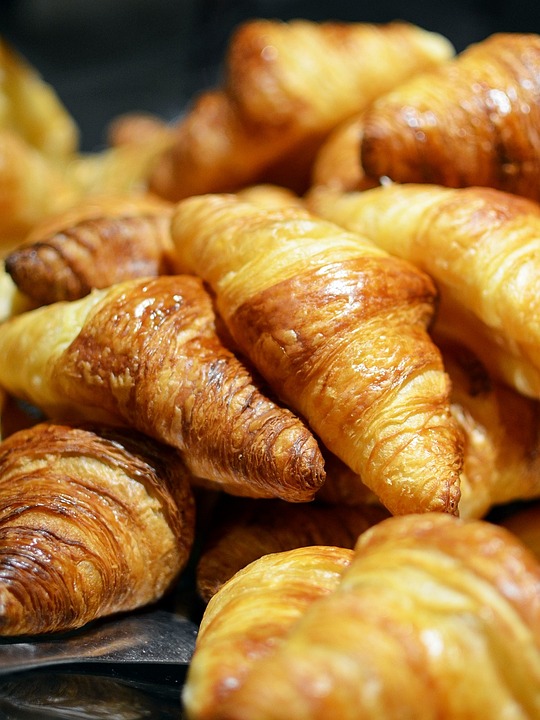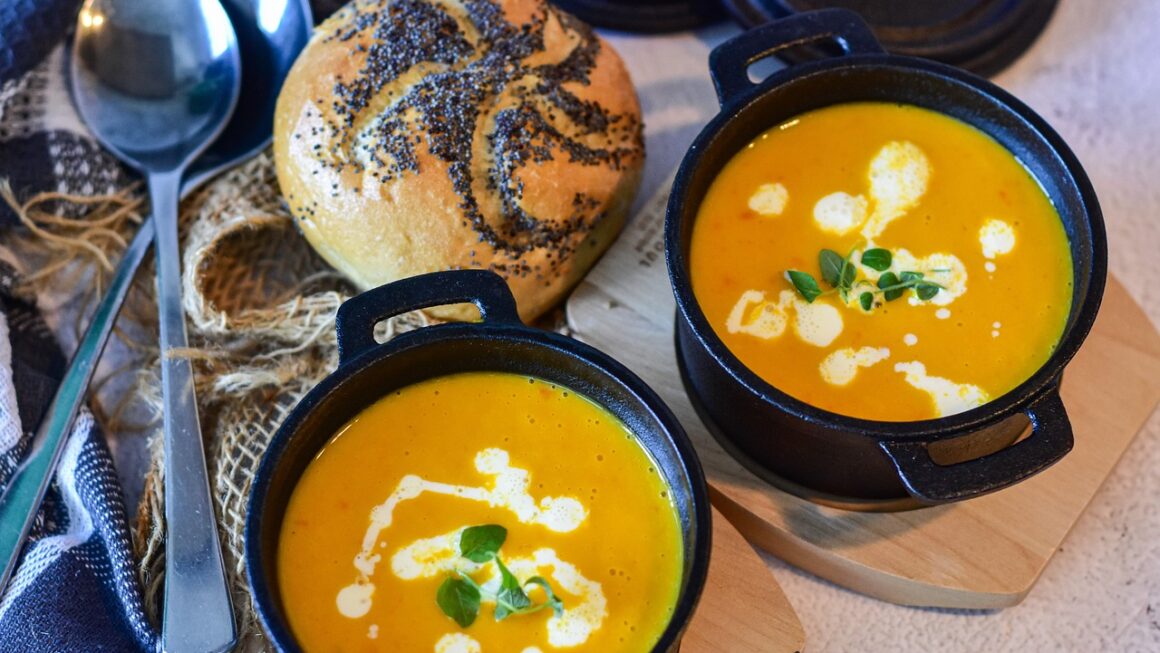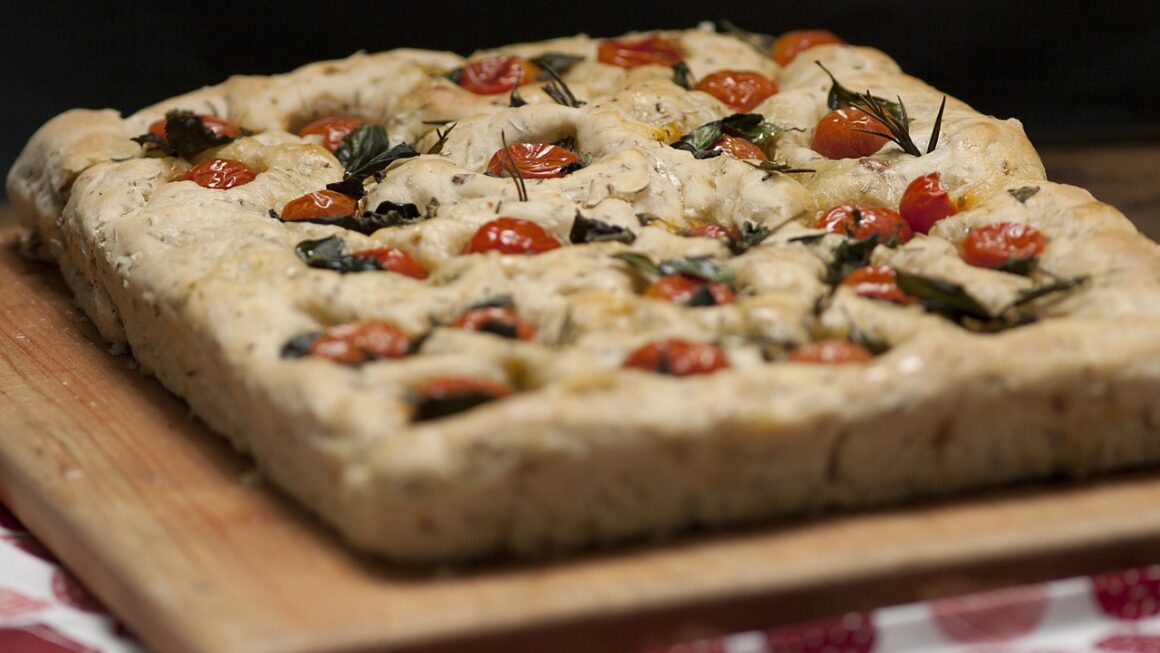Bread making can be a daunting task for beginners, but with practice and the right techniques, anyone can master the art of creating delicious, homemade bread. One key component of bread making is using yeast to help the dough rise and develop flavor. In this article, we’ll explore some basic yeast-based bread recipes for beginners to try.
Yeast is a living organism that feeds on sugars and produces carbon dioxide gas, which causes the dough to rise. There are two main types of yeast used in bread making: active dry yeast and instant yeast. Active dry yeast needs to be dissolved in warm water before adding it to the dough, while instant yeast can be mixed directly into the dry ingredients. Both types of yeast work well in bread recipes, so use whichever one you have on hand.
One popular yeast-based bread recipe for beginners is a classic white bread loaf. To make this bread, you’ll need flour, water, sugar, salt, butter, and yeast. Start by proofing the yeast in warm water with a pinch of sugar until it becomes frothy. Mix the flour, sugar, salt, and melted butter together in a bowl, then add the proofed yeast mixture. Knead the dough until it becomes smooth and elastic, then let it rise in a warm place until doubled in size. Punch down the dough, shape it into a loaf, and let it rise again before baking in a preheated oven.
Another great yeast-based bread recipe for beginners is a simple dinner roll. These rolls are perfect for serving alongside soups, salads, or main dishes. To make dinner rolls, combine flour, sugar, salt, butter, yeast, and warm milk in a bowl. Knead the dough until it’s smooth and elastic, then let it rise until doubled in size. Shape the dough into small balls, place them on a baking sheet, and let them rise again before baking in the oven. Brush the rolls with melted butter before serving for a delicious and fluffy side dish.
Once you’ve mastered the basics of yeast-based bread making, you can experiment with different flavors and ingredients to create your own unique bread recipes. Try adding herbs, spices, nuts, or dried fruits to your dough for a fun twist on traditional bread. You can also try making specialty breads like cinnamon rolls, bagels, or focaccia to expand your baking repertoire.
Overall, mastering the art of bread making takes time and practice, but with patience and dedication, you can create delicious homemade bread that rivals that of a professional bakery. Start with simple yeast-based bread recipes for beginners, and build your skills from there. Before you know it, you’ll be baking all sorts of breads to impress your friends and family. Happy baking!




